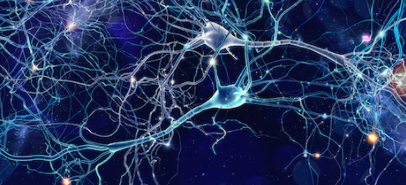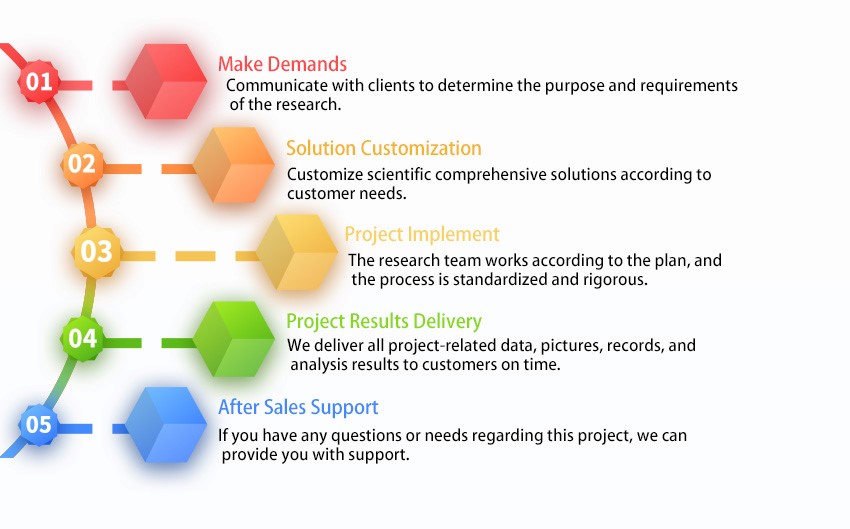The nervous system is very sensitive to many toxic compounds and harmful substances produced in the natural environment. In the course of the disease, neurotoxicity can cause temporary or continuous damage to the brain or peripheral nervous system. At the same time, neurotoxicity is also the main cause of many neurodegenerative diseases such as Alzheimer's and Parkinson's.

In the process of drug discovery and development, neurotoxicity is a non-negligible cause of failure. Most drugs have neurotoxic effects mediated mainly by several dopaminergic and glutamatergic neurotransmitter systems. Although many researchers have investigated the medical and cognitive consequences of drug abuse, the neurotoxicity caused by these drugs still requires full attention. Creative Bioarray offers a one-stop-solution for neurotoxicity screening.
Neurotoxicity screening
The content of basic neurotoxicity screening should include specific histopathological examination and systematic clinical evaluation.
|
|
Effect characterization
After screening a chemical substance that has an adverse effect on the nervous system, the next stage of testing focuses on determining the chemical substance's effect on the nervous system and its properties (characterization). At this level, the neurotoxic effects found in the screening process will be further characterized, and research will be conducted to determine whether the test chemical has any other possible subtler effects on the structural and functional integrity of the nervous system of mature and developing organisms. The in-depth assessment of neurotoxicity during this testing phase should include:
|
|
In vitro models for neurotoxicology studies
|
|
|
|
|
|
|
Creative Bioarray offers a series of techniques to detect neurotoxicity and reliably screen your early-stage drug candidates, before moving to costly animal models studies and avoid late-stage drug attrition. We provide stage-specific phenotype assays in our neurotoxicity platform.

Professional Platform and Excellent Team
We have a professional technical platform, equipped with advanced instruments and talented and well-trained experts.
Committed to Quality
We put quality first. We provide high-quality products, services and solutions to support customers worldwide.
World-class Service Capabilities
We provide one-stop service, from order to final report, to provide the best solution for your research. We hope to help you complete your research more easily and efficiently.
Customer-centric
We adhere to a mutually beneficial and win-win cooperation model, pay attention to customer needs and goals, and create the greatest value for customers.
If you are interested in our services, please contact us for more detailed information.
Online Inquiry